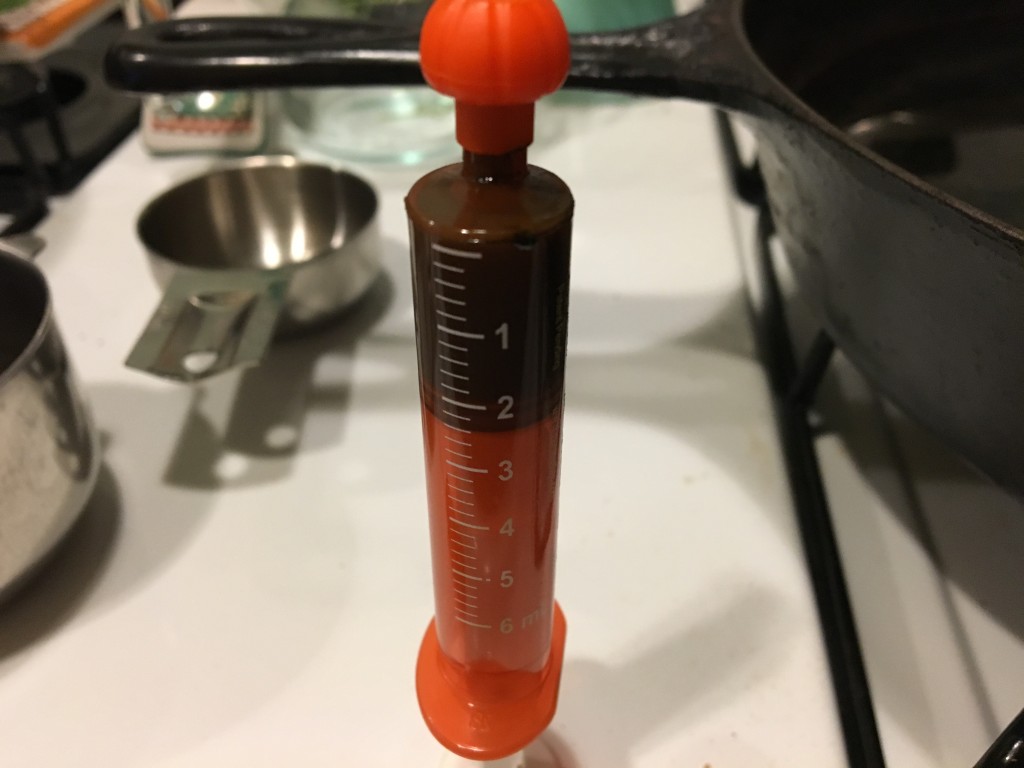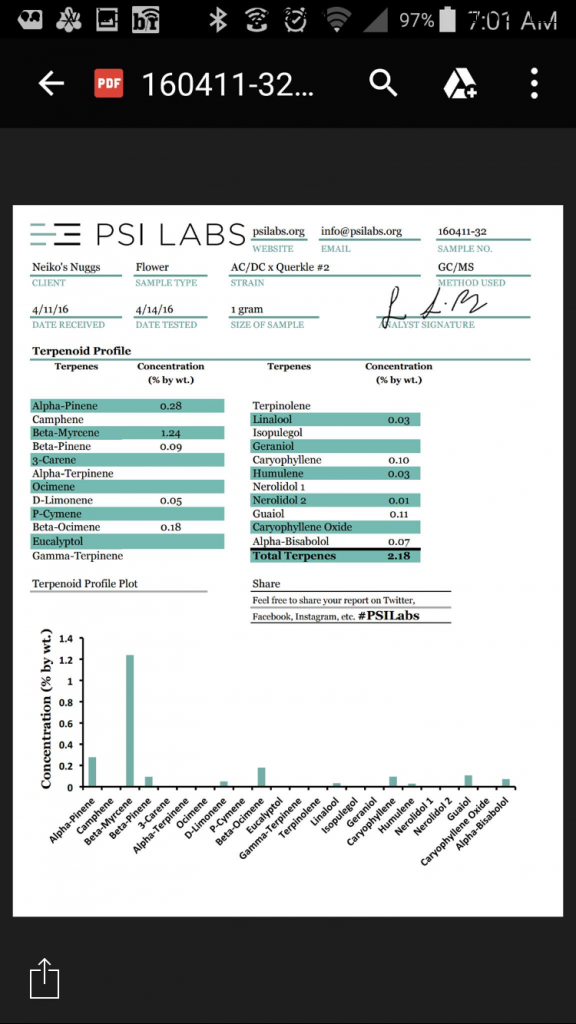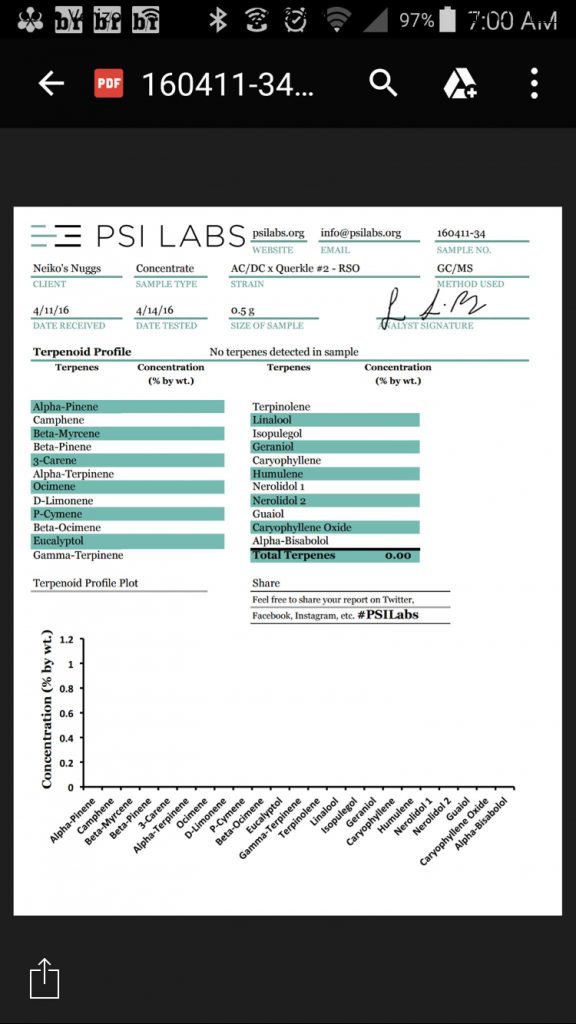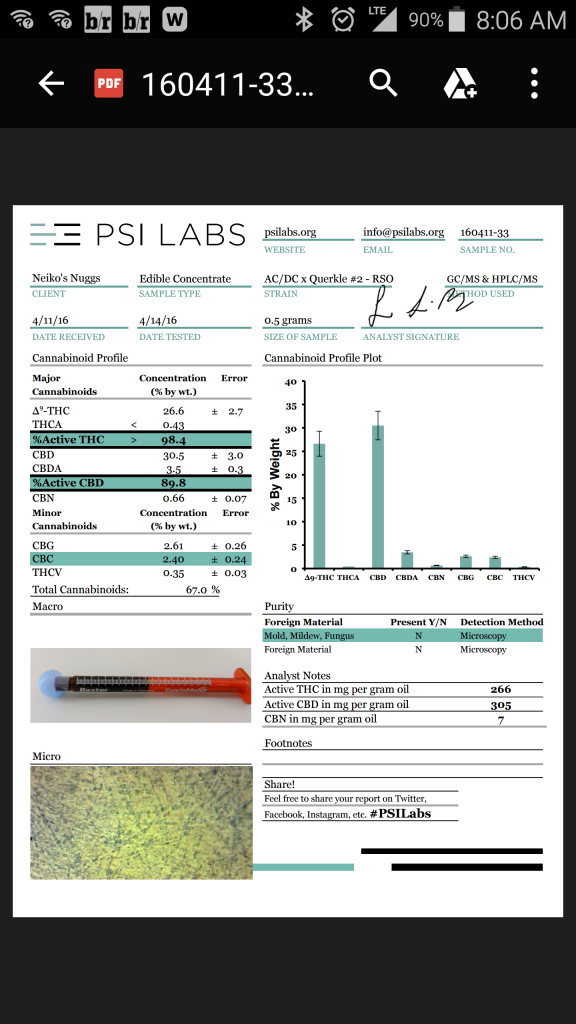I've been chasing down information on the bioavailability of cannabis suppositories all day now, and I must say I'm disappointed in the way things get put out there as fact. I haven't been able to find a single useful study on this subject. What I did find were these two letters by Dr. Jeffrey Hergenrather to a cancer patient's caregiver that supported my frustration.
How Efficient are Cannabis Suppositories?
Jeffrey Hergenrather, MD, in response to a question from a cancer patient's caregiver, February 7, 2015
I have checked the literature to see if there are any pharmacodynamic/pharmacokinetic studies on cannabinoid absorption via the rectum. There aren't to my knowledge. So far I only have anecdotes as you've mentioned. I'm more confident about the oral route just because I have much experience with that but I wouldn't discount the stories of efficacy by rectal route.
There is a "watershed" of veins in the rectum. Collectively they are called the rectal or hemorrhoidal plexus. The majority of the venous flow ( after absorbing cannabinoids ) goes by way of the superior rectal vein into the portal vein, while the inferior veins flow into the vena cava. The portal vein collects most all venous return from the pancreas to the rectum with all the nutrients and enzymes for digestion) where the blood goes on to the liver for what is called "first-pass metabolism." The majority of the THC is converted to 11-OH-THC, a similarly psychoactive molecule. The vena cava on the other hand goes back to the heart and general circulation before it more slowly reaches the liver for metabolism.
I don't mind sharing a link for a recent advert for suppositories, it is just that I don't believe much of the information.
Cannabis Suppositories: Why the Posterior Is Superior | UnitedPatientsGroup.com Blog
I question many of the allegations in this article as unsupported by controlled laboratory evidence. Particularly in the statements saying that the absorption is much faster and more complete than the ingested route. I agree that the inhaled route is only about 10-20% absorbed. Oral route varies widely depending on meals and type of preparations. Cannabis leaf is not well absorbed whereas oils are absorbed quite well. I would expect large meals would retard absorption compared to small oily meals. I don't know where the "50-70% efficiency" or the "10-15 minute onset" information comes from other than well intended anecdotes.
The key point about rectal administration is to avoid psycho-activity while achieving high-dose cannabinoid therapy. If I were striving for high-dose administration I would use the oral route until more evidence reveals the dynamics of the rectal route.
I suspect cannabis clinicians tend to recommend more cannabis /cannabinoids much of the time as the urgency of the clinical course demands. When there is more time I suspect small steady doses are adequate for the sensitive cancers whereas the less sensitive cancers may require the megadoses of oil, "60 grams over 90 days", or, 20-25 mg/kg/day of cannabinoids irregardless of the urgency. Eventually, clinical studies will guide our recommendations. Until then try to get as much cannabinoids into the body by any route, with frequency of administration at least daily, and preferably a few times per day.
Again, best wishes,
Jeff Hergenrather MD
From Jeffrey Hergenrather, MD, February 8, 2015
A follow up note to the above.
In my previous note, it would have been more accurate to say that there is very little data pertaining to the megadose use of cannabis oil by way of rectal administration.
A 2007 paper by Marilyn Huestis cites rectal administration data comes from the "THC-hemisuccinate," or Marinol, in monkeys and in two patients in the Brenneisen (and ElSohly) et al study who were receiving cannabinoids for spasticity. The doses are small, with a specific molecule (the hemisuccinate), and they have a range of blood levels that don't support sweeping conclusions comparing oral v. rectal routes.
Here is the section that Huestis provides on the subject:
2.1.4. Rectal. Several different suppository formulations were evaluated in monkeys to determine the matrix that maximizes bioavailability and reduces first-pass metabolism [40] [41]; THC-hemisuccinate provided the highest bioavailability of
13.5%. Brenneisen et al. evaluated plasma THC concentrations in two patients who were prescribed THC-hemisuccinate suppositories or MarinolM for spasticity [42]. THC did not accumulate in the blood following 10 —15 mg daily doses. THC concentrations peaked within 1 — 8 h after oral administration, and ranged between 2.1 to 16.9 ng/ml. Rectal administration of 2.5— 5 mg of THC produced maximum plasma concentrations of 1.1— 4.1 ng/ml within 2 — 8 h. The bioavailability of the rectal route was approximately twice that of the oral route due to higher absorption and lower first-pass
metabolism.
Attached is the abstract of the Brenneisen (and Elsohly) paper, and another ElSohly paper [41] below that.
Int J Clin Pharmacol Ther. 1996 Oct;34(10):446-52.
The effect of orally and rectally administered delta 9-tetrahydrocannabinol on spasticity: a pilot study with 2 patients.
Brenneisen R1, Egli A, Elsohly MA, Henn V, Spiess Y.
Abstract
Multiple doses of delta 9-tetrahydrocannabinol (THC) capsules (Marinol) and THC hemisuccinate suppositories were administered in 24-hour intervals to 2 patients with organically caused spasticity. After oral doses of 10-15 mg THC, peak plasma levels from 2.1 to 16.9 ng/ml THC and 74.5 to 244.0 ng/ml 11-nor-9-carboxy-delta 9-tetrahydrocannabinol (THC-COOH, major THC metabolite) were measured by GC/MS within 1-8 h and 2-8 h, respectively. After rectal doses of 2.5-5 mg THC, peak plasma levels from 1.1 to 4.1 ng/ml THC and 6.1 to 42.0 ng/ml THC-COOH were measured within 2-8 h and 1-8 h, respectively. The bioavailability resulting from the oral formulation was 45-53% relative to the rectal route of administration, due to a lower absorption and higher first-pass metabolism. The effect of THC on spasticity, rigidity, and pain was estimated by objective neurological tests (Ashworth scale, walking ability) and patient self-rating protocols. Oral and rectal THC reduced at a progressive stage of illness the spasticity, rigidity, and pain, resulting in improved active and passive mobility. The relative effectiveness of the oral vs. the rectal formulation was 25-50%. Physiological and psychological parameters were used to monitor psychotropic and somatic side-effects of THC. No differences in the concentration ability, mood, and function of the cardiovascular system could be observed after administration of THC.
One could argue that two patients' blood levels is significant. I just can't go whole hog for this method without more information. This is for a maximum rectal dose of 5 mg THC. We don't know what the picture is like when it comes to hundreds of milligrams of cannabis oil.
In the abstract below, ElSohly et al say that a 2.5 mg dose was administered b.i.d. (twice daily) for 3 days by oral and rectal suppository route. They only write about the cannabinoids' effects on total daily energy intake (an appetite stimulation study). So I don't have the particulars, not even the number of subjects in the study. The don't say in the abstract.
Cannabinoids and appetite stimulation
Richard D. Mattes, ∗, Karl Engelman" , Leslie M. Shaw" , Mahmoud A. ElsohlyDG
Abstract
Appetite stimulation by cannabinoids is highly variable. Four within-subject design studies explored the effects of age, gender, satiety status, route of drug administration, and dose on intake. One study involved a single oral administration of active drug (15 mg males, 10 mg females) or placebo to an age and gender stratified sample of 57 healthy, adult light marijuana users. Eleven subjects received single doses by oral, sublingual, and inhaled routes in a second study. In the third study, 10 subjects ingested a single oral dose in fasted and fed states. A 2.5 mg dose was administered b.i.d. for 3 days by oral and rectal suppository routes in the fourth study. Mean daily energy intake was significantly elevated following chronic dosing by rectal suppository, but not oral capsule, relative to all acute dosing regimens except inhalation. Total daily energy intake was comparable on fed and fasted days, suggesting satiety mechanisms were not impaired by the drug. Subject age, gender, reported "high", and plasma drug level were not significantly associated with drug effects on food intake.
Pharmacology Biochemistry and Behavior
Volume 49, Issue 1, September 1994, Pages 187—195
So where does this leave us? Other than confused? Apparently the studies that would settle this question once and for all haven't been done yet. So I ask you, given that the research field has left this question unanswered, if you had cancer and you knew someone who successfully used suppositories to eliminate cancer from his body, what would you choose as your protocol? I don't know about you, but I wouldn't feel comfortable turning my back on that success. Until we have the types of research that's desperately needed funded, we're still guessing as we go, aren't we?








 A girl could get used to this. This may become my preferred choice for cannabis therapy. Lol!
A girl could get used to this. This may become my preferred choice for cannabis therapy. Lol! 


